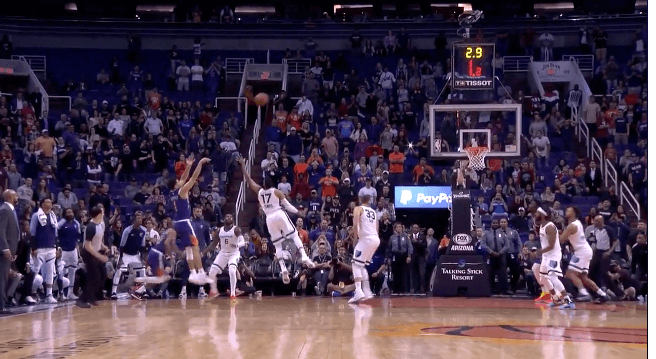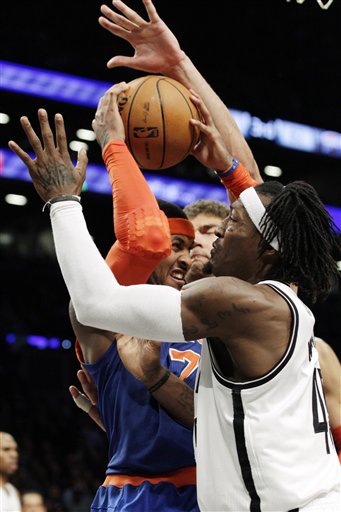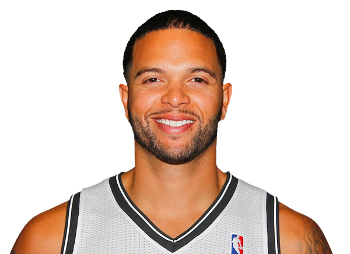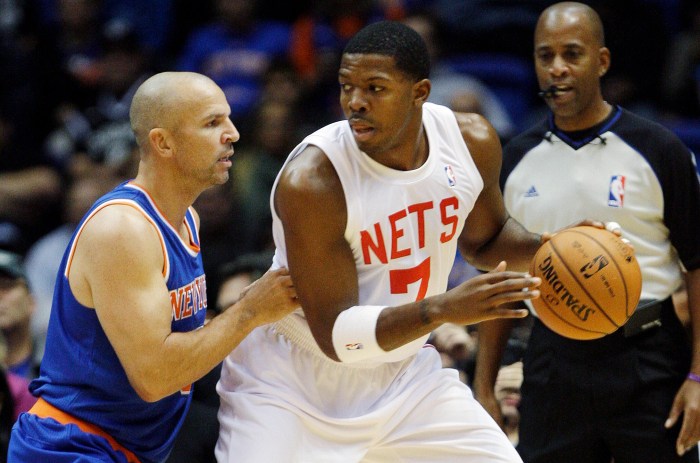While the loss of Devin Harris to injury will likely have the most detrimental impact on the entire Nets team, the knee injury recently suffered by Yi Jianlian is probably the most disappointing when it comes to player development.
In a season where the Nets are not expected to do much of anything in the standings, the development and growth of individual players like Courtney Lee, Brook Lopez and Terrence Williams is paramount. For Yi, the opportunity to grow and to prove he belongs in the NBA after two floundering seasons to start his career, is absolutely critical. With an injured knee, Yi’s development is indefinitely on hold, his career, now starting to resemble the Nets long-stalled move to Brooklyn.
“He was playing very well,” Nets GM Kiki Vandeweghe told the beat reporters at practice yesterday about Yi. “He’s clearly improved from last year. He’s bigger, stronger and you can see he’s made a difference for us.”
No other player on the Nets roster was watched more intensely this summer thanYi. While he wasn’t exactly playing against top-shelf competition, he averaged a double-double in the FIBA Asia Championship tournament, looking more aggressive around the rim, relying on his jump shot far less than he did with the Nets last season. There was much to-do about some of the bulk Yi added over the summer. While it may not make him a smarter player, by becoming a stronger, tougher player, he might finally start to put his game together.
It’s hard to judge someone on only four games of play, but Yi was already showing signs of being a new and improved player. While the scoring (9.8) and rebounding (7.6) numbers weren’t off-the-charts, there were other signs of encouragement. Yi’s rebound rate (14.2) and True Shooting Percentage (50.5) were personal highs for the power forward. Defensively, Yi was blocking 1.3 shots a game in the early going, after barely registering half a block per game a year ago, despite his tall, 7’0″ frame.
But what was most encouraging was how active Yi was around the rim offensively. Last year, 75 percent of Yi’s field goal attempts were jumpers, according to 82games. And he stayed away from the paint with good reason. His effective field goal percentage was .465 on inside shots, including a terrible .363 percent on all close shots, which accounted for 18 percent of his field goal attempts.
This year he was attempting 3.3 of his 8 field goal attempts within 10 feet of the rim, including 2.5 shots at the rim, according to Hoopdata. His field goal percentage on those shots at the rim was 60 percent, a tick above the league average of 59.3 percent.
All preseason, I watched Yi turn down the 15-20 foot jump shot and look to take the ball to the rim. He was attempting dunks that, in hindsight, were probably a bit foolish given how far away he was from the hoop and who was there to meet him, but the fact that he was even attempting these kinds of shots was eye-opening.
The quintessential play that demonstrated the different in style for Yi happened two quarters before he hurt his knee against Charlotte Monday night. Yi drove to the rim and missed the show, wrestled the ball out of Tyson Chandler’s hands, and went up strong to get the two points and the foul.
The last time Yi looked so good was during a four game stretch in January, where he averaged 17.75 points per game before injuring his thumb. When he returned, Yi was back to being passive. He shot too many jumpers and eventually played his way out of the starting lineup.
It’s unknown what kind of player Yi will be when he returns in another month or so. But it’s vital for us to eventually find out. While Yi may never be the all-star he was touted to be when he entered the league, we’ll never know what his ceiling will ultimately be if he keeps going through this growth spurts. There is enough uncertainty surrounding the Nets organization – Yi’s role and how he fits in to the future of this team can’t be one of them.



















